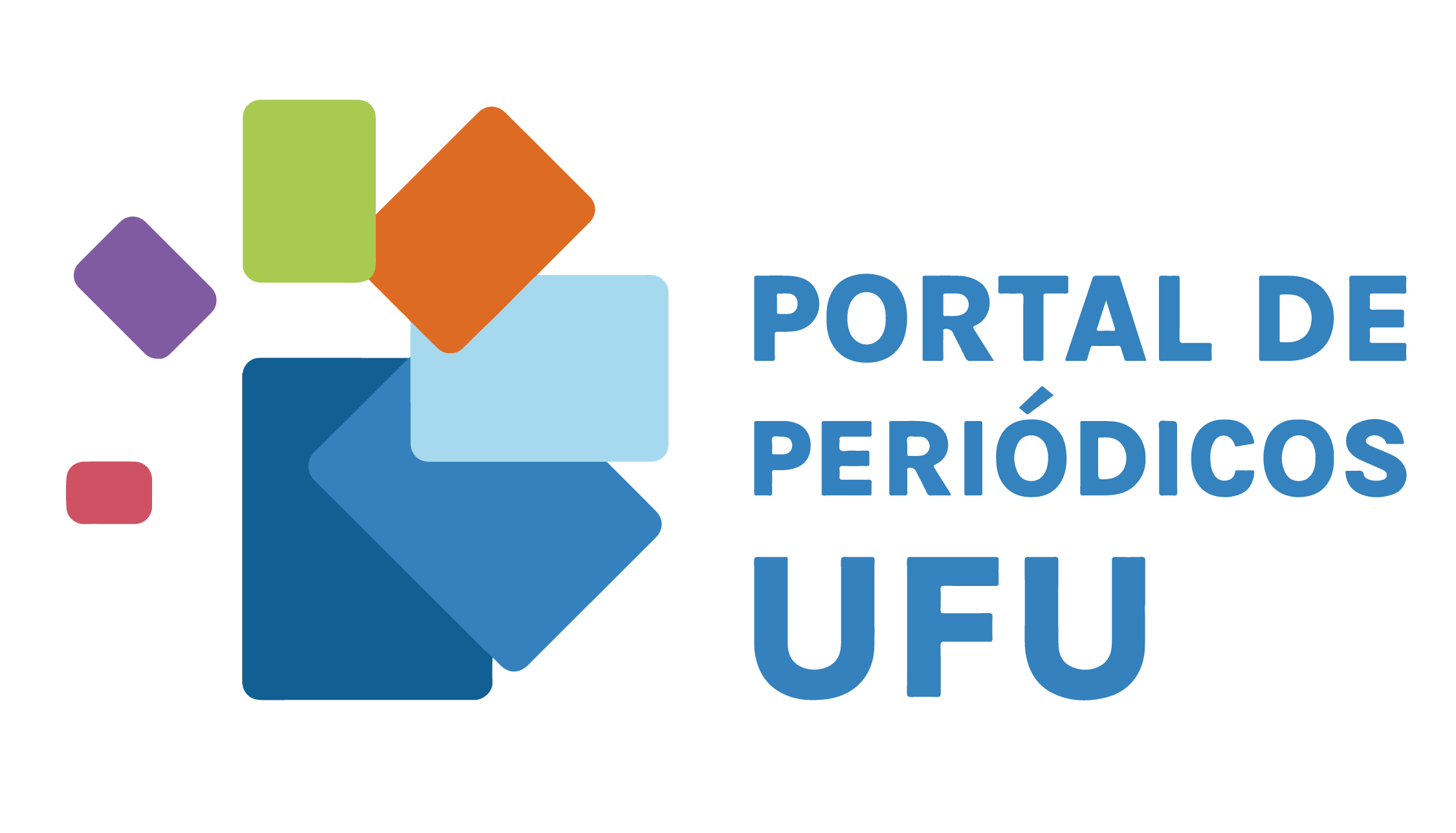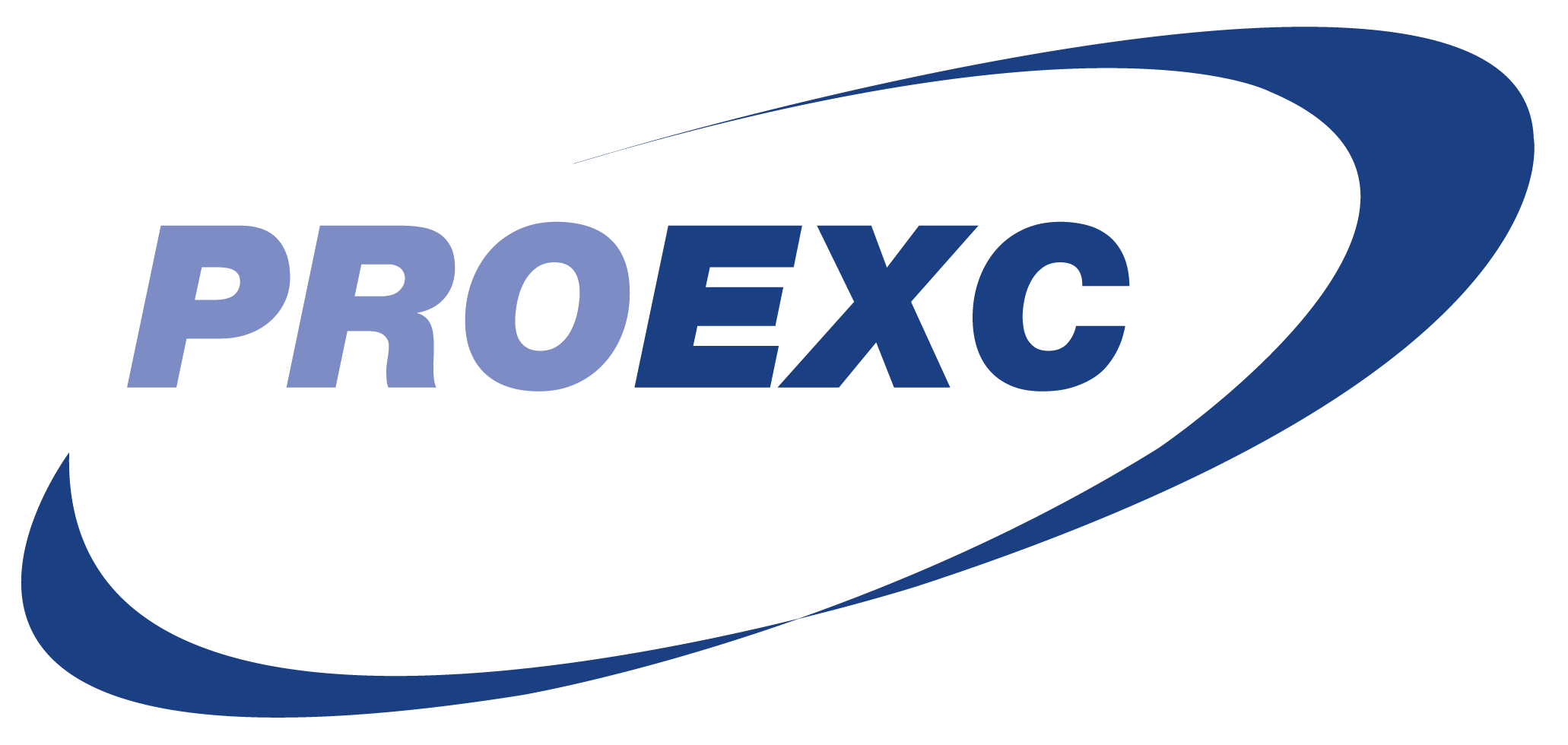Pharmaceutical care and the Dader Method applied to a Multiprofessional Cardiac Rehabilitation Program
DOI:
https://doi.org/10.14393/REP-2022-66812Keywords:
Pharmaceutical Care, Cardiac Rehabilitation, Heart DiseasesAbstract
This text reports the experience of pharmaceutical care in a multiprofessional program of cardiac rehabilitation through the application of pharmacotherapeutic follow-up. This is a descriptive study, of the experience report type, developed at the Rehabilitation Center of the Hospital São Lucas of Pontifical Catholic University of Rio Grande do Sul, Brazil, during a period of three months. For the pharmacotherapeutic follow-up, the Dader Methodology was used, adapted to the program, the time available and the resources, being elaborated in the following phases: pharmaceutical interview, status, study phase, intervention and evaluation of results. Two subjects met the selection criteria and were included in the program. Both used more than five medications, accessed treatment fully or partially through the Unified Health System, had problems related to pharmacotherapy and lack of control of systemic blood pressure. The main problems identified were: inappropriate use of medication; difficulty in organizing and purchasing medications; unavailability of laboratory tests for control; and difficulty in understanding therapy. Interventions carried out in agreement with the patient, family and multidisciplinary team were based on the problems identified. At the end of the program, both patients had a reduction in systemic blood pressure.
Downloads
References
ALSABBAGH, M. W. et al. Pharmacist intervention in cardiac rehabilitation: a randomized controlled trial. Journal of Cardiopulmonary Rehabilitation and Prevention, Philadelphia, v. 32, n. 6, p. 394-399, 2012. Doi: 10.1097/HCR.0b013e318272bbf2. Disponível em: https://journals.lww.com/jcrjournal/Fulltext/2012/11000/Pharmacist_Intervention_in_Cardiac_Rehabilitation_.7.aspx. Acesso em: 26 ago. 2022.
BRASIL. Ministério da Saúde. Portaria nº 2.436, de 21 de setembro de 2017. Aprova a Política Nacional de Atenção Básica, estabelecendo a revisão de diretrizes para a organização da Atenção Básica, no âmbito do Sistema Único de Saúde (SUS). Diário Oficial da União, Brasília, DF, 2017. Disponível em: https://www.in.gov.br/web/dou/-/portaria-n-2-436-de-21-de-setembro-de-2017-19308031. Acesso em: 26 ago. 2022.
BRASIL. Portaria MS/GM nº 221, de 17 de abril de 2008. Publica, na forma do anexo desta portaria, a lista brasileira de internações por condições sensíveis à atenção primária. Brasília, 2008. Disponível em: https://bvsms.saude.gov.br/bvs/saudelegis/sas/2008/prt0221_17_04_2008.html. Acesso em: 26 ago. 2022.
BRASIL. Ministério da Saúde. Caderno 1: Serviços Farmacêuticos na Atenção Básica à Saúde. Brasília: Ministério da Saúde, 2014. Disponível em: https://bvsms.saude.gov.br/bvs/publicacoes/servicos_farmaceuticos_atencao_basica_saude.pdf. Acesso em: 26 ago. 2022.
CASPER, E. A. et al. Management of pharmacotherapy-related problems in acute coronary syndrome: role of clinical pharmacist in cardiac rehabilitation unit. Basic and Clinical Pharmacology and Toxicology, Copenhagen, v. 125, n. 1, p. 44-53, 2019. Doi: 10.1111/bcpt.13210. Disponível em: https://onlinelibrary.wiley.com/doi/10.1111/bcpt.13210. Acesso em: 26 ago. 2022.
CASTRO, M. S. et al. Contribuição da atenção farmacêutica no tratamento de pacientes hipertensos. Revista Brasileira de Hipertensão, Rio de Janeiro, v. 13, n. 3, p. 198-202, 2006. Disponível em: http://departamentos.cardiol.br/dha/revista/13-3/08-contribuicao.pdf. Acesso em: 26 ago. 2022.
CASTRO, M. S. et al. Pharmaceutical care program for patients with uncontrolled hypertension: report of a double-blind clinical trial with ambulatory blood pressure monitoring. American Journal of Hypertension, Oxford, v. 19, n. 5, p. 528-533, 2006. Doi: 10.1016/j.amjhyper.2005.11.009. Disponível em: https://academic.oup.com/ajh/article/19/5/528/198412. Acesso em: 26 ago. 2022.
CARVALHO, T. et al. Diretriz Brasileira de Reabilitação Cardiovascular 2020. Rio de Janeiro: Sociedade Brasileira de Cardiologia, 2020. Disponível em: http://publicacoes.cardiol.br/portal/abc/portugues/2020/v11405/pdf/11405022.pdf. Acesso em: 26 ago. 2022.
COSTA, J. M. et al. Otimização dos cuidados farmacêuticos na alta hospitalar: implantação de um serviço de orientação e referenciamento farmacoterapêutico. Revista Brasileira de Farmácia Hospitalar e Serviços de Saúde, São Paulo, v. 5, n. 1, p. 38-41, 2014. Disponível em: http://www.sbrafh.org.br/v1/public/artigos/2014050106000483BR.pdf. Acesso em: 26 ago. 2022.
HERNÁNDEZ, D. S.; CASTRO, M. M. S.; DÁDER, M. J. F. Método Dáder: Manual de Seguimento Farmacoterapêutico. 3. ed. Tradução de Luciene Alves Moreira Marques e Ricardo Radighieri Rascado. Alfenas: Editora da UNIFAL, 2014. Disponível em: https://www.unifal-mg.edu.br/gpaf/wp-content/uploads/sites/74/2018/09/Guia-dader-interior-brasil-v4_.pdf. Acesso em: 26 ago. 2022.
IVAMA, A. M. et al. Consenso Brasileiro de Atenção Farmacêutica no Brasil: “Trilhando Caminhos”. Brasília: Organização Pan-Americana da Saúde, 2002. Disponível em: https://bvsms.saude.gov.br/bvs/publicacoes/PropostaConsensoAtenfar.pdf. Acesso em: 25 ago. 2022.
JOURDAN, J. P. et al. Impact of pharmacist interventions on clinical outcome and cost avoidance in a university teaching hospital. International Journal of Clinical Pharmacy, Dordrecht, n. 40, p. 1.474-1.481, 2018. Doi: 10.1007/s11096-018-0733-6. Disponível em: https://link.springer.com/article/10.1007/s11096-018-0733-6. Acesso em: 26 ago. 2022.
KNEBEL, I. L.; MARIN, A. H. Fatores psicossociais associados à doença cardíaca e manejo clínico psicológico: percepção de psicólogos e paciente. Revista da SBPH, Rio de Janeiro, v. 21, n. 1, p. 112-131, 2018. Disponível em: http://pepsic.bvsalud.org/scielo.php?script=sci_arttext&pid=S1516-08582018000100007. Acesso em: 11 nov. 2022.
MANZINI, F. et al. O farmacêutico na assistência farmacêutica do SUS: diretrizes para ação. Brasília: Conselho Federal de Farmácia, 2015. Disponível em: https://www.cff.org.br/userfiles/file/livro.pdf. Acesso em: 26 ago. 2022.
MELO, D. O.; CASTRO, L. L. C. A contribuição do farmacêutico para a promoção do acesso e uso racional de medicamentos essenciais no SUS. Ciência & Saúde Coletiva, Rio de Janeiro, v. 22, n. 1, p. 235-244, 2017. Doi: 10.1590/1413-81232017221.16202015. Disponível em: https://www.scielo.br/j/csc/a/HFMqZG99cH8p7rQYTZJX45S/?lang=pt. Acesso em: 26 ago. 2022.
MUTH, C. et al. Evidence supporting the best clinical management of patients with multimorbidity and polypharmacy: a systematic guideline review and expert consensus. Journal of Internal Medicine, Oxford, v. 285, n. 3, p. 272-288, 2019. Doi: 10.1111/joim.12842. Disponível em: https://onlinelibrary.wiley.com/doi/10.1111/joim.12842. Acesso em: 26 ago. 2022.
OLIBONI, L. S.; CASTRO, M. S. Adesão à farmacoterapia, que universo é esse? Uma revisão narrativa. Clinical & Biomedical Research, Porto Alegre, v. 38, n. 2, 2018. Disponível em: https://seer.ufrgs.br/index.php/hcpa/article/view/80552. Acesso em: 26 ago. 2022.
ROHDE, L. E. P. et al. Diretriz Brasileira de Insuficiência Cardíaca Crônica e Aguda. Rio de Janeiro: Sociedade Brasileira de Cardiologia, 2018. Disponível em: http://publicacoes.cardiol.br/portal/abc/portugues/2018/v11103/pdf/11103021.pdf. Acesso em: 26 ago. 2022.
Downloads
Published
How to Cite
Issue
Section
License
Copyright (c) 2022 Kathleen Asturian

This work is licensed under a Creative Commons Attribution-NonCommercial-NoDerivatives 4.0 International License.
Autores que publicam nesta revista concordam em manter os direitos autorais e conceder à revista o direito de primeira publicação, com o trabalho simultaneamente licenciado sob a Licença Creative Commons Atribuição-NãoComercial-SemDerivações 4.0 Internacional.





